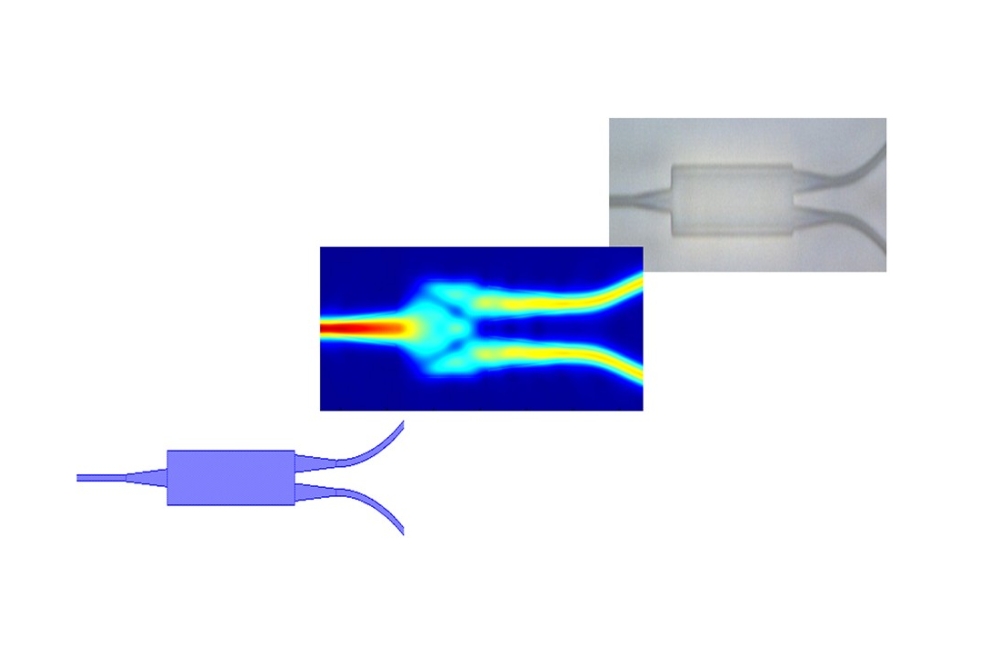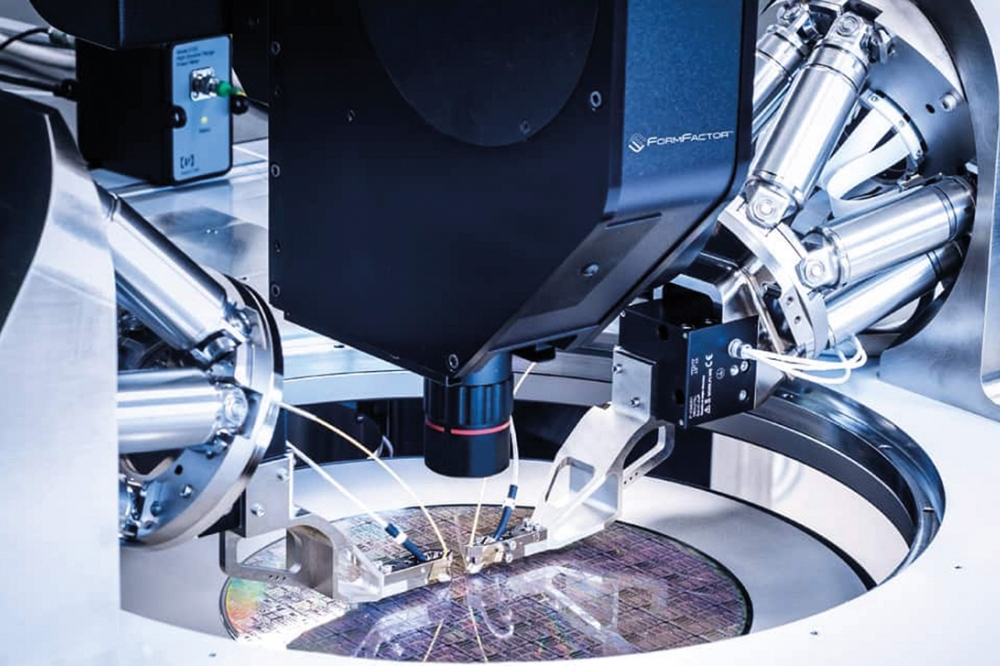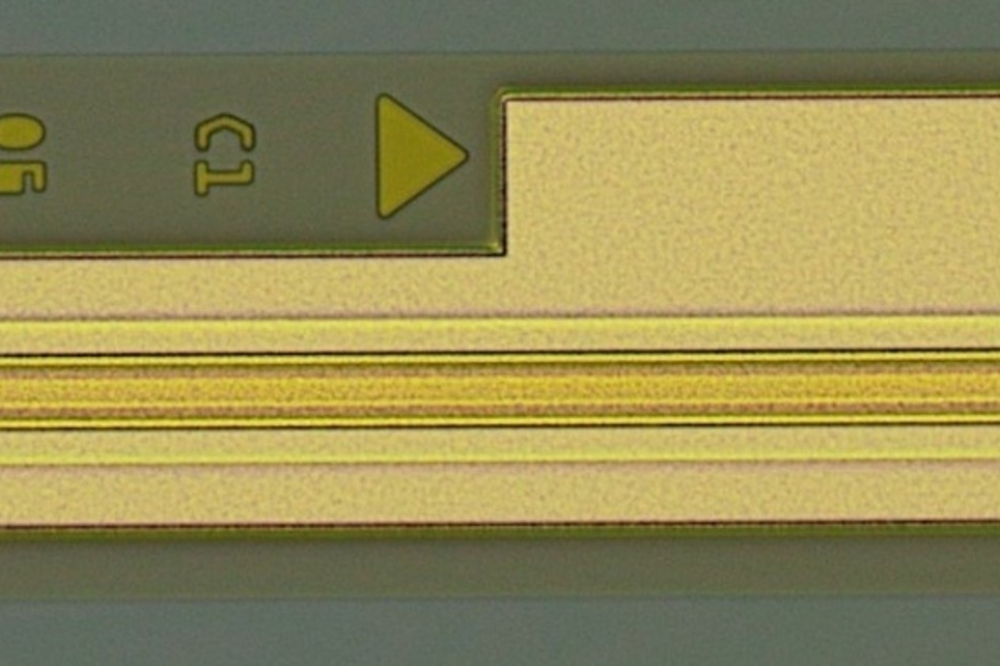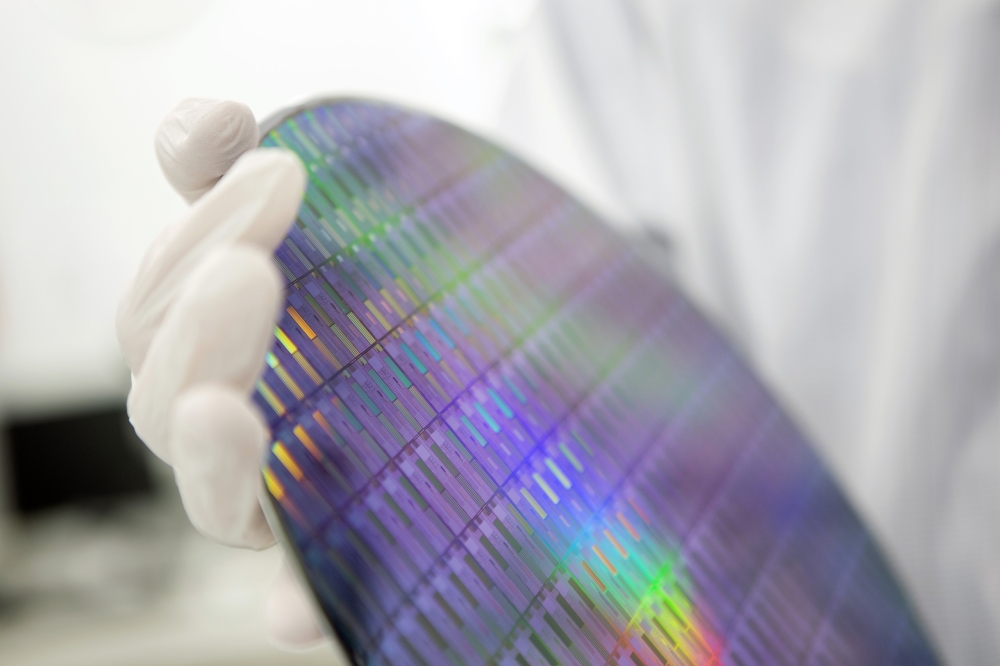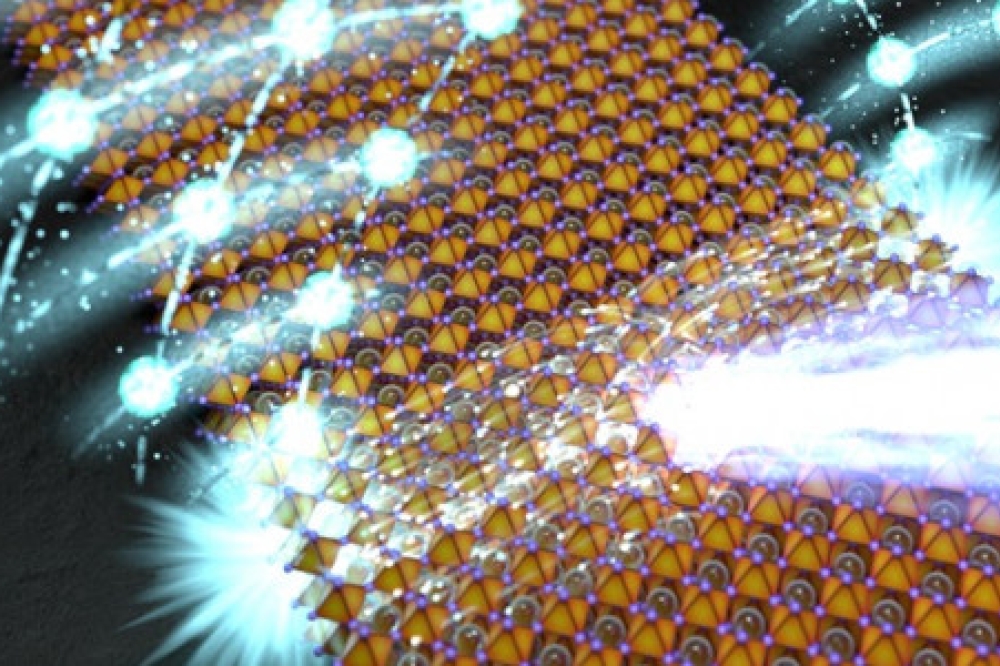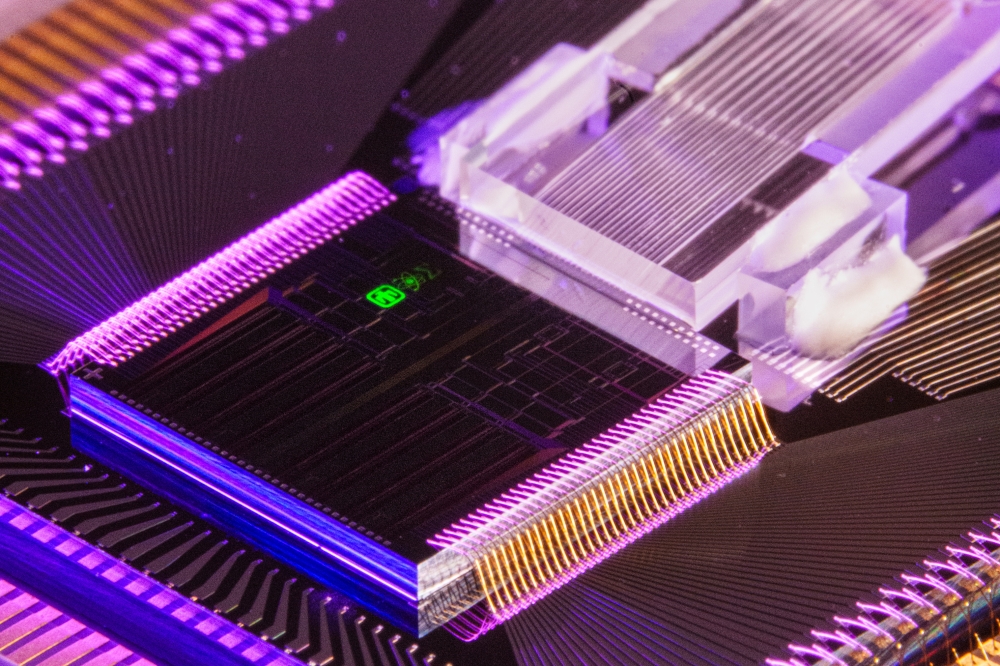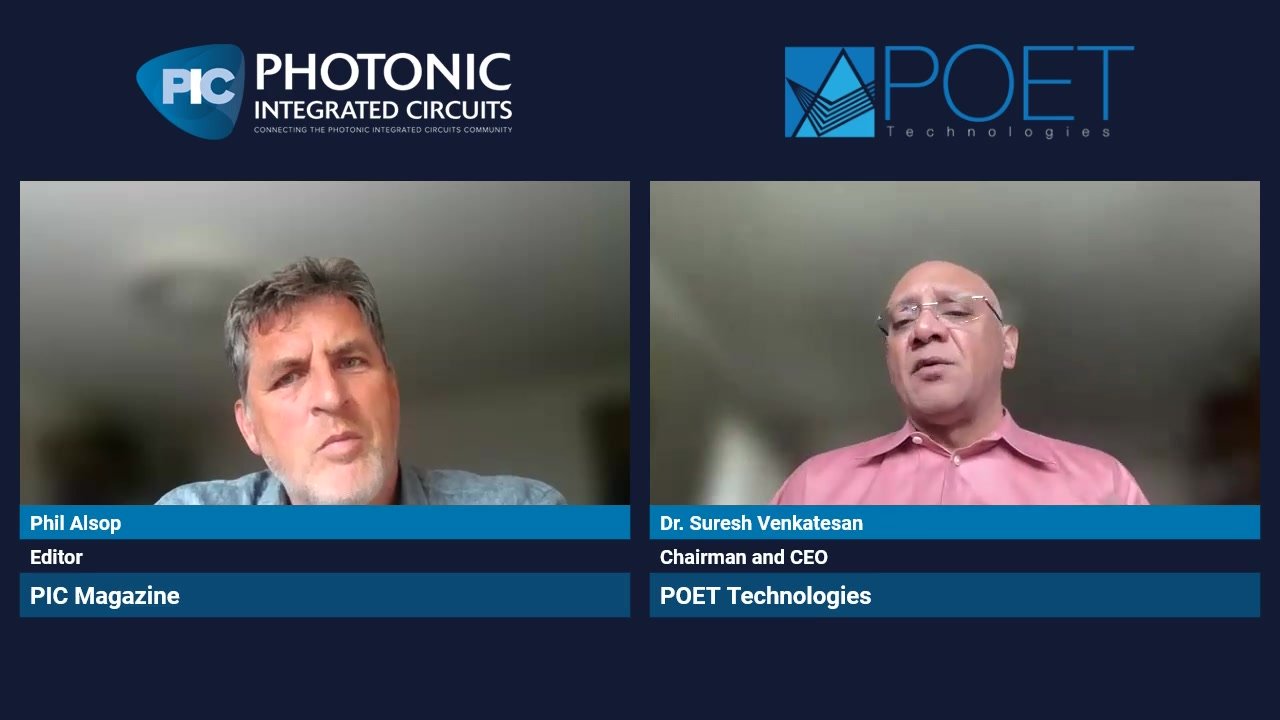Designs for light

Photonic IC design: bringing electronic design automation to light.
Late last year, US-based Cadence Design Systems revealed a photonic IC design flow developed to unite the disparate worlds of electronics and photonics.
Joining forces with photonics design tool developer, Lumerical Solutions, Canada, and software design business, PhoeniX Software, The Netherlands, Cadence unveiled a flow for designing photonic ICs based on its so-called Virtuoso custom-design platform.
"We wanted to bring the type of automation and high efficiency that design engineers have been accustomed to in electronics environments, to photonics," highlights Gilles Lamant, distinguished engineer at Cadence and a key member of the company's business management team for the Virtuoso Custom Design platform.
"This is not a silicon photonics flow, there is nothing in the design that makes it suitable for one type of photonic IC," he asserts. "We are really trying to deliver a mainstream design flow that will bring productivity [to photonic IC design.]"
![]() Electronic Photonic Design Environment [Cadence]
Electronic Photonic Design Environment [Cadence]
For decades, designers of electronics systems have relied on electronic design automation (EDA) tools to design and analyse semiconductor chips.
From design and simulation to analysis, verification and manufacturing preparation, industry heavyweights including Cadence, as well as Synopsys and Mentor Graphics, have delivered design rules for CMOS processes to ease chip development.
But right now, life for designers of photonic IC is very different. Myriad materials and technologies - including III-V semiconductors, silicon photonics as well as hybrid and 3D stacking designs - exist.
The photonics industry is only just transitioning from PCB to integrated circuit development with numerous small fabs provide manufacturing capacity. And while many software suppliers exist, each provides tools for different parts of a design flow with standardisation amongst tools and processes still emerging.
Indeed, as PhoeniX Software chief executive, Twan Korthorst, recently stated: "Photonics is where electronics was in the 1980s."
And so Cadence's collaboration with Lumerical and PhoeniX marks a crucial step in the delivery of an integrated electronics/photonics design automation (EPDA) flow for photonic integrated circuit designers.
"Many in the EDA industry are not so familiar with photonics, it's seen as exotic or even science fiction," says Lamant.
"So with our partners, we're now trying to say, well the processes are not so new, they've actually been around a long time," he adds. "What is new, is there's not a unified methodology."
A different design
So what's different about photonic IC design? Due to the nature of light, photonic ICs demand precisely drawn curved structures in mask layout, whereas CMOS ICs typically use rectilinear layout shapes.
Indeed, this need to handle curves is perhaps one of the most significant issues for adapting IC design tools and foundry processes to photonics.
"We're simulating the physics of light at the front end [of the design flow] and at the back end, everything's drawn with a curve," highlights Lamant. "Photonics is a very different domain to electronics."
Given this, Lumerical's photonics circuit simulation engine - 'Interconnect' - has been integrated to Cadence's Virtuoso platform to speed analysis and design of photonic IC layouts.
Meanwhile, the additional integration of PhoeniX Software's 'OptoDesigner' photonics chip design software, is intended to provide designers with access to non-linear photonics building blocks, to enable, for example, automatic waveguide routing and interactive waveguide creation.
Crucially, as Lamant points out, many photonics tools do not deal with electronic design, whereas clearly EPDA offers both. "You need some electronics around your photonics so we're bringing an environment where you can design your electronics and photonics together," he says.
At present, Cadence is in the process of nailing down its design roadmap. According to Lamant, photonic IC packaging will be key. As he puts it: "How are we going to connect the fibre optics to the photonics and other components?"
And more electronics and photonics co-simulation is on the cards. "This will all come out within a year or two," says Lamant.
"Customers have been suffering from a lot of 'one-offs' but now we are seeing significant photonics growth, they really want an electronics-type of design flow," he adds. "And since we released this [EPDA flow] my mailbox has been full."














